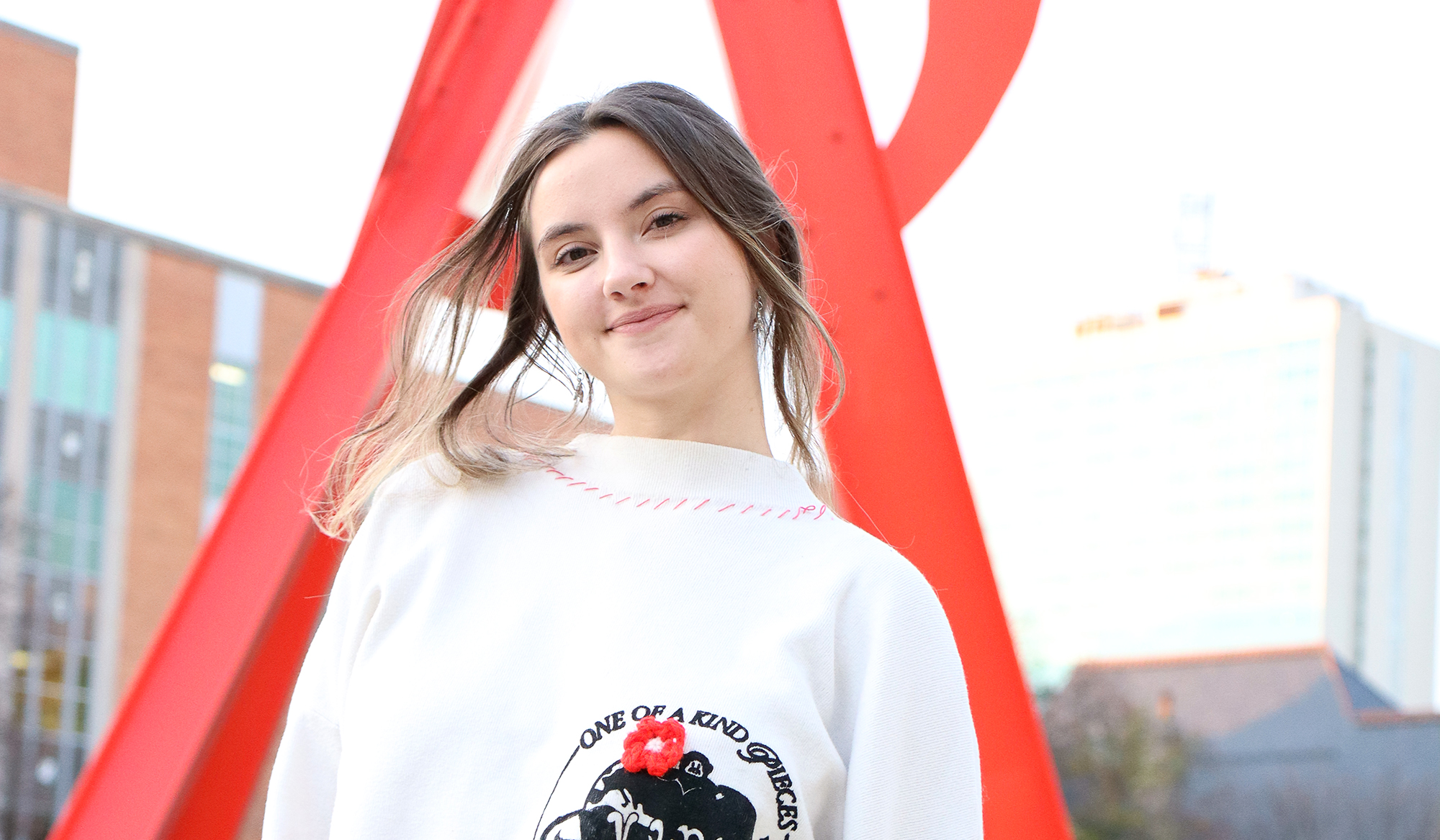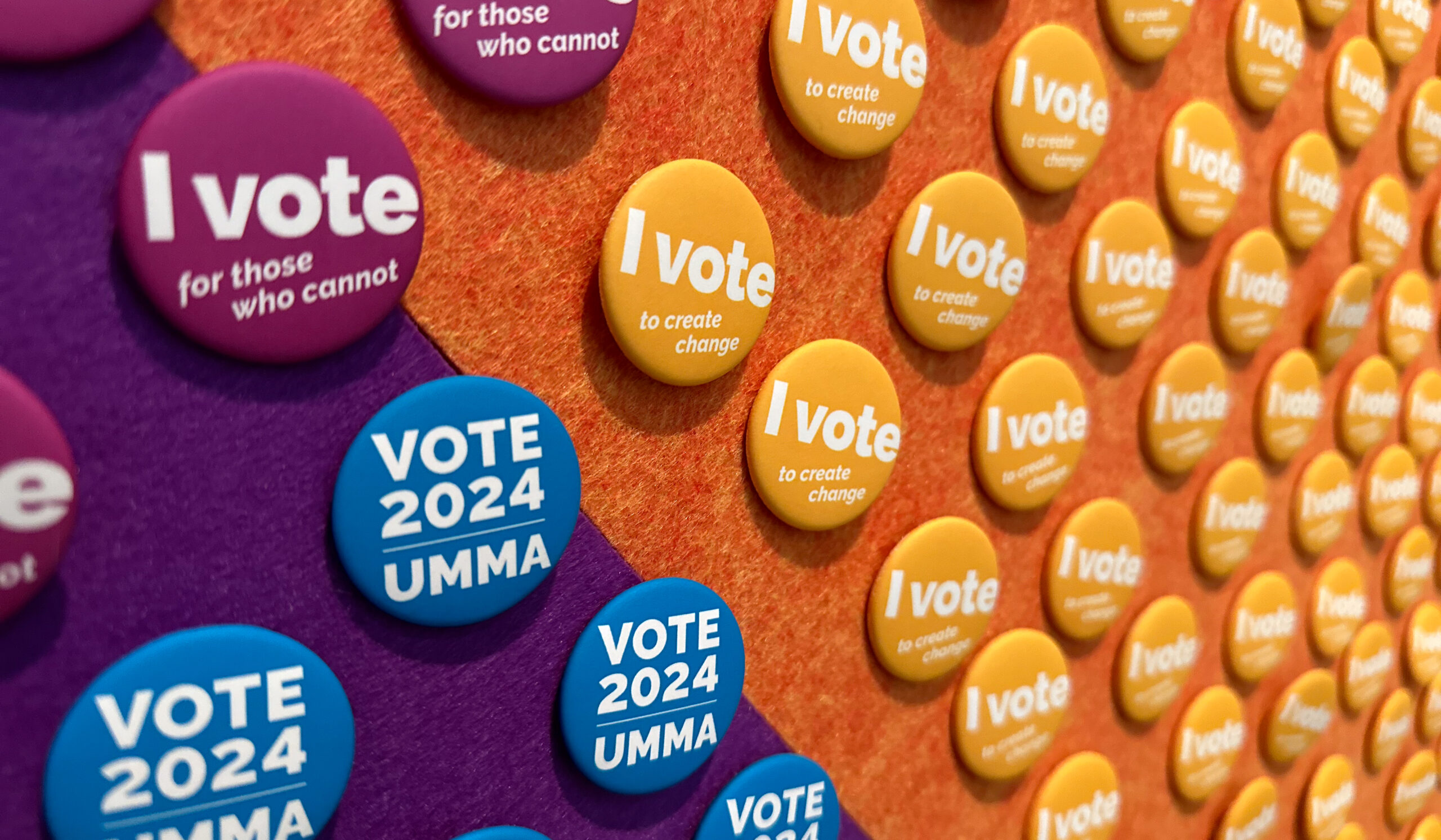For generations of students, the peak of the social calendar was four letters and one hyphen: J-Hop, an annual celebration of fine fashion, music, dance, and revelry held in early February.
Shorthand for “Junior Hop,” the J-Hop was traditionally organized by the class juniors to honor the imminently graduating seniors. Schools across the country had similar functions; U-M’s version began sometime in the late 1860s, according to historian James Tobin, ’78, MA’79, PhD’86. As the University and its student population grew, so did J-Hop’s social significance. Over the decades, it expanded from one night to an entire weekend of parties. It featured performers like Duke Ellington and Louis Prima, and endured scrutiny and temporary cancellations due to “scandalous” behavior like tango dancing.
By 1959, however, student interest and culture had shifted irrevocably away from the J-Hop, resulting in low ticket sales. Following a downsized 1960 event, the Student Government Council voted 9 to 7 to not organize the dance for 1961. The J-Hop never returned.
At its height, the J-Hop pulled in upwards of $7,000 to $8,000 in revenue (roughly $100,000 today). It also made money for The Michigan Daily’s advertising department. Alongside Ann Arbor business ads tailored to attract J-Hop attendees, students occasionally sought out dates in the classified listings.
Some were short, but not necessarily sweet, such as this classified from January 24, 1924: “WANTED: A GIRL to go to J-Hop. Call Alexander MacGregor. Phone 1794-W.”
Others revealed a few flattering facts, like this example from January 14, 1951: “GIRLS—Tall, handsome, ex-paratrooper looking for a date for J-Hop. Has ticket. Call Larry, 309 Greene Ho., 2-4591.”
Some, like this 1933 example, set a unique bar: “WANTED—Beautiful date for J-Hop and houseparty by B.M.O.C. Member of J-Hop committee. Good time guaranteed. Must dance well, talk well, drink well, etc. Write Michigan Daily, Box 6A.”
The following day, Daily editors used the front page to speculate on the glut of replies the “B.M.O.C.” (Big Man On Campus) would receive and the “scorned women” he would refuse. Alas, he received only one overnight response: a letter from “Alice,” whose phone number happened to be the same as Dean of Women Alice C. Lloyd’s office. It was written on stationery from the Gargoyle, U-M’s student humor magazine.
Undeterred, the B.M.O.C. purchased another advertisement a few days later requesting more information on a different respondent. “B.M.O.C.—Still wants J-Hop date. Will “Baroness” send more particulars. Disregard ‘etc.’ if embarrassed. Decision will be made first of week. Box 6A.”
Women, like this 1934 student, were seeking dates too: “WANTED: Date for J-Hop by woman prominent in campus activities. Belongs to a leading campus sorority. Blond, 5 feet, 5 inches, baby blue eyes. Other qualifications sent upon request. Correspondence strictly confidential. Address box 1MC, Michigan Daily.”
One group of women smartly shared the cost in 1951: “THE EARLY BIRD gets the worm! Campus queens with no hours desire dates for J-Hop. References accepted by social chairman. Call 2-1180 after five and before J-Day.”
Ultimately, the event itself took out a minimalist personal ad on January 15, 1957:
“FOR the coolest…J-Hop.”
Gregory Lucas-Myers, ’10, is assistant editor of Michigan Alumnus.





